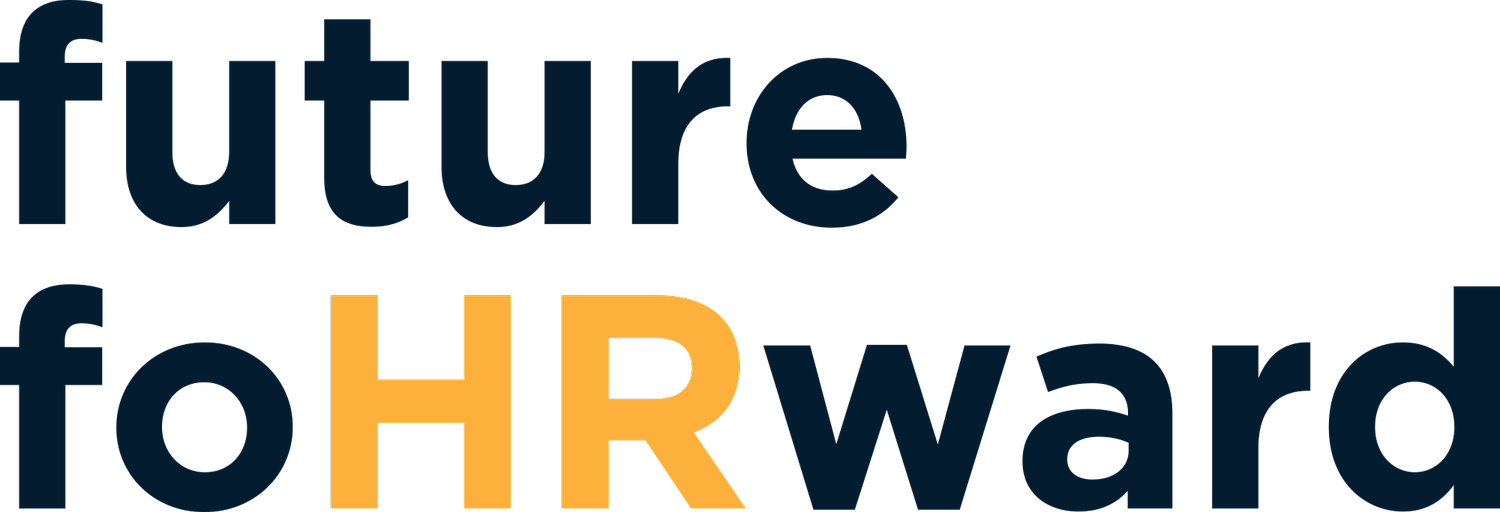the foHRsight podcast: Employee Centricity: The Strategic Edge in Modern Business
Gone are the days when ping-pong tables and free snacks defined an employee-centric workplace. Today's business landscape demands a fundamental shift in how organizations view and value their workforce. Let's explore why this matters and how companies can successfully navigate this transformation.
The Compelling Case for Employee Centricity
"I've never met an executive who doesn't say their people are the most important assets," notes Stephan Meier, Professor at Columbia Business School and author of "The Employee Advantage." However, the reality often falls short of the rhetoric. Research shows companies mention customers approximately ten times more frequently than employees in their communications. This disconnect reveals a crucial gap between intention and action.
Consider Starbucks' recent journey. The coffee giant's laser focus on customer experience led them to offer what Stephan calls "7,000 ways to customize a latte." While this seemed like a customer-centric innovation, it created significant challenges for baristas, ultimately impacting both employee satisfaction and customer service quality.
When Customer Experience Meets Employee Experience
The Starbucks example perfectly illustrates a critical insight: you can't separate customer experience from employee experience. As Stephan explains, "Part of why you go into a Starbucks is obviously the right product... but part of it is how you feel in the store, the vibe of it. The whole concept is this coffee shop or the third place where we go and you feel welcomed, and the baristas are a crucial part of it."
This realization has led Starbucks' new leadership to reconsider their approach. They're now working to simplify operations, recognizing that overwhelming complexity doesn't serve either employees or customers. It's a clear example of how employee centricity and customer satisfaction are intrinsically linked.
The Evolution of Workplace Dynamics
The modern workplace is experiencing unprecedented transformation, driven by several key factors:
Increased Transparency: Just as TripAdvisor transformed restaurant quality in Rome by exposing tourist traps, platforms like Glassdoor have made workplace culture transparent and accountable.
Personalization Expectations: Today's employees expect the same level of personalization in their work experience that they receive as consumers.
Technology Integration: The rise of remote work tools and digital collaboration platforms has forever changed how we think about workplace presence.
Beyond the Location Debate
The discourse around hybrid work often misses the mark. Stephan challenges what he terms "executive nostalgia" - the romanticized view of pre-pandemic office life.
"When we were all in the office like 50% of workplaces had a toxic work culture," he points out. "Being together does not make it a great culture at all."
The real questions organizations should ask are:
- How can we optimize work itself, regardless of location?
- What truly drives productivity and engagement?
- How can we create meaningful connections while respecting flexibility?
HR's Strategic Transformation
For HR professionals, this is a pivotal moment. Stephan draws a parallel to marketing's evolution: "There were no marketing leaders on boards... and then it changed. It's now much more possible to make it to the C-suite through a marketing path. And HR is not there yet, but I think it will be."
Key areas for HR's strategic evolution:
1. Moving beyond compliance to strategic partnership
2. Leveraging AI for administrative task automation
3. Designing comprehensive employee experiences
4. Contributing to core business strategy
Implementing Employee Centricity: A Practical Framework
Based on insights from “The Employee Advantage”, Here's how organizations can build effective employee-centric practices:
1. Continuous Feedback: Abandon annual surveys in favor of regular, meaningful dialogue. As Stephan notes, no marketing executive would consider annual customer feedback sufficient.
2. Experience Alignment: Ensure your employee value proposition matches your customer promises. Starbucks' current transformation demonstrates the importance of this alignment.
3. Meaningful Engagement: Focus on quality of interaction rather than quantity of time in office.
4. Technology Integration: Use automation and AI to free up time for human-centered activities.
Looking FoHRward
Despite concerns about AI and automation, Stephan remains optimistic: "While we talk about replacing what's human... I think it's more about humanity unleashed." The future workplace will prioritize uniquely human qualities - creativity, empathy, and innovation.
Companies like Starbucks are learning that true success comes from balancing employee wellbeing with customer satisfaction. As organizations navigate this transformation, those who genuinely embrace employee centricity while maintaining customer focus will lead the way.




